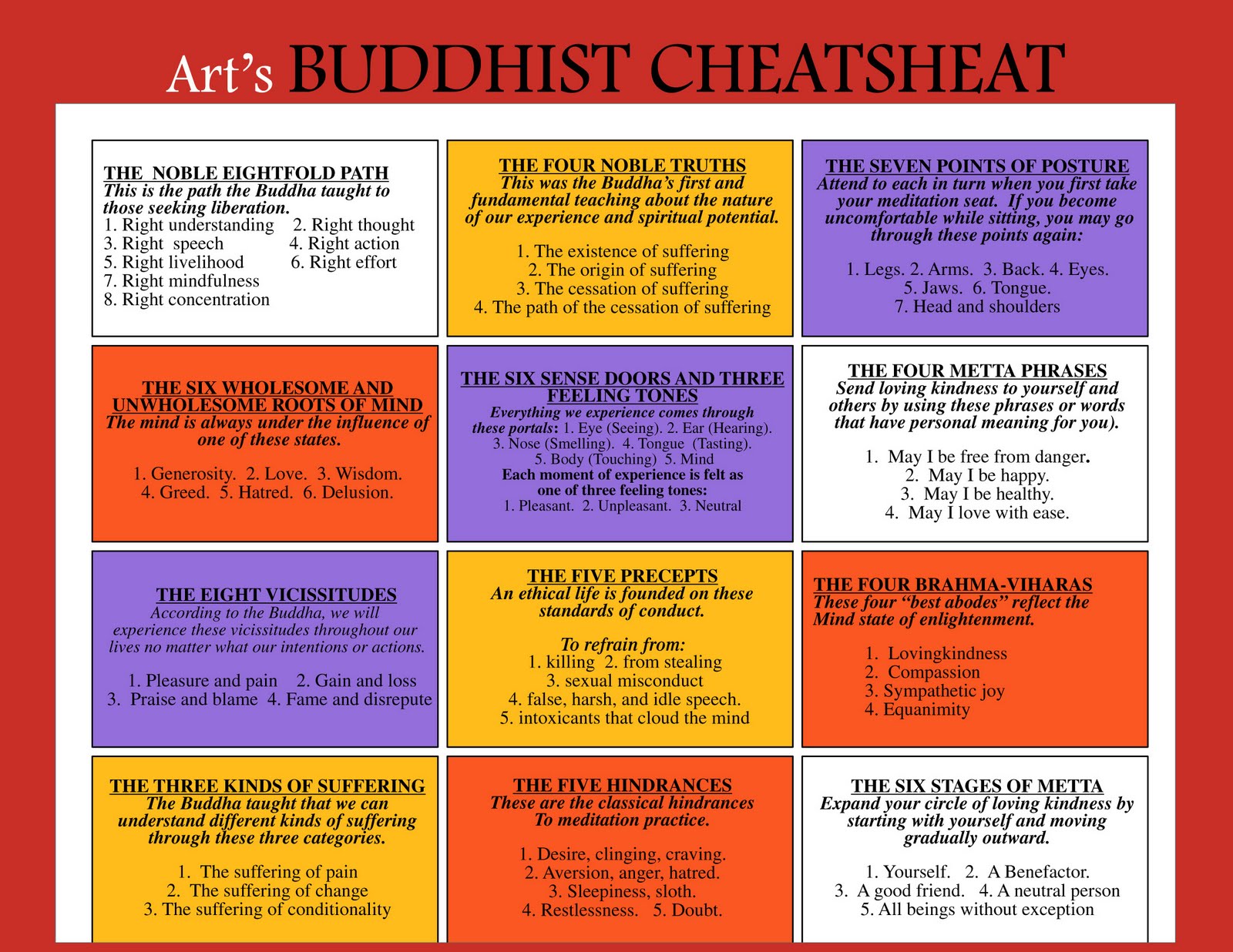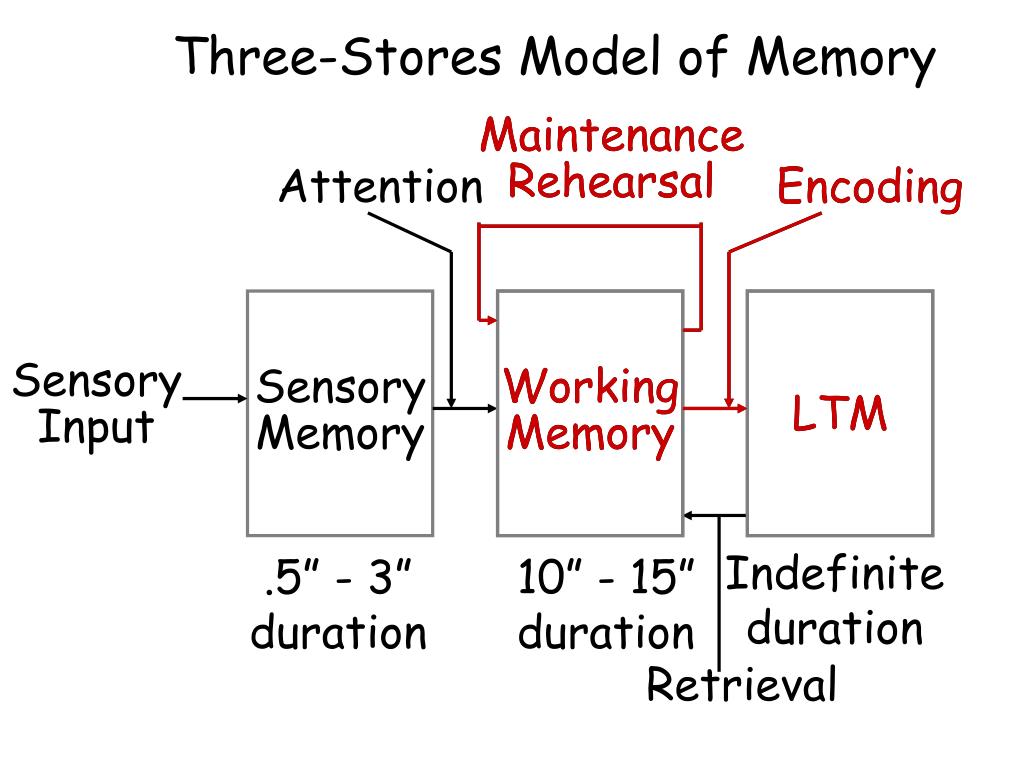



The more possible cues available to elicit retrieval, the better. To reinforce memory through cues, we’re referring to making as many connections as possible with existing memories. How does it work, and work best for learning? Retrieval is cue and context dependent - know this and how you can cue retrieval and provide the best context to strengthen memory. The good news: Retrieval makes the memory itself more recallable in the future. Every time a memory is accessed for retrieval, that process modifies the memory itself essentially re-encoding the memory. Retrieval is an active reconstruction process, not a playback of a memory of an event, fact, concept, or process. You can markedly increase the likelihood of students being able to recall a memory at a future time by strengthening it through retrieval. Do not let this sour your hope of learners remembering what was learned in your class. However, the ability to access a given memory typically declines over time, primarily due to interference caused by the acquisition of new, competing memories. In fact, our capacity for storing new memories is essentially unlimited, and more so, organized learning appears to create additional capacity. The challenge here is not one of capacity. The challenge with storage is that once something has made it into long-term memory, it tends to remain stored, but not necessarily always accessible. situate new knowledge into an existing framework.maximize connections with what is already known, and.process the new information as deeply as possible,.Therefore, the most robust memories are formed through elaboration and organization where learners: Instead, each new memory is integrated into our existing body of knowledge - coloring and being colored by other memories. To make encoding a powerful process, it’s necessary to recognize that memories are NOT stored as faithful recordings, like a book you can pull off a shelf to share again as needed in their exact original form. For learning to take place, as we categorize it in this sense, it requires that the information that is processed is then committed to memory and that the student can pull it back out when it’s needed (let alone apply it to a novel circumstance through adaptation and abstraction).īy examining each part of memory and recall from encoding to storage to retrieval, we get a clear sense of how best to optimize this process for our students. And finally there is the process of gaining access to stored knowledge, referred to as retrieval. Storage comes next, and is the process of information maintenance. Encoding is the process of forming new memories. Within explicit, or declarative, memory, there are three basic stages of memory processing. Second, long term memory which is broken down further into semantic memory (facts) and episodic memory (specific events). Think of this as the focus of current attention, or what you are actively thinking about right now. There are two basic types of explicit, or declarative, memory. Let’s get a handle first on what we know about memory and recall.


 0 kommentar(er)
0 kommentar(er)
